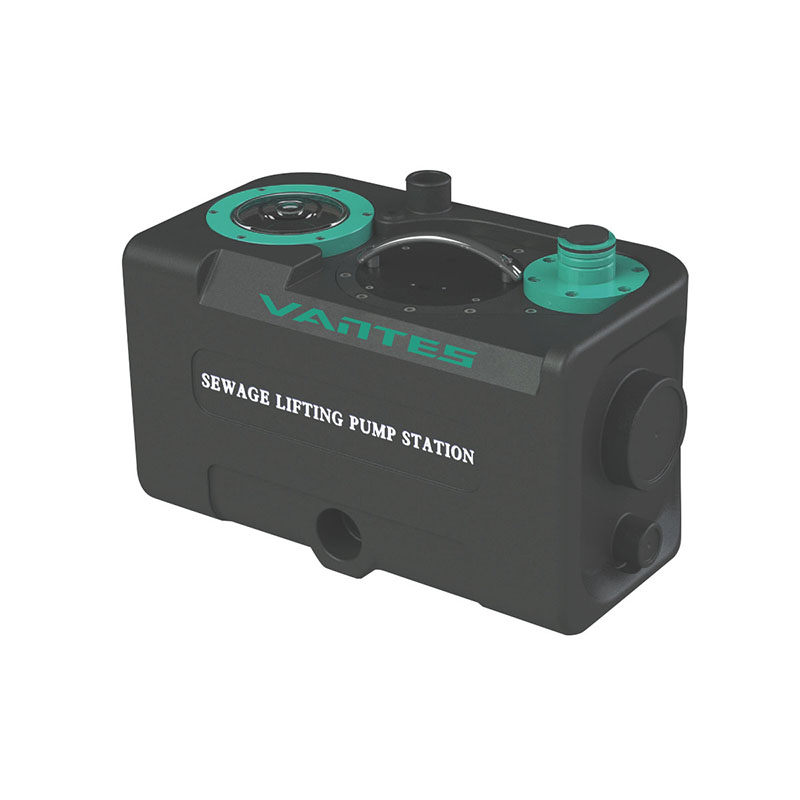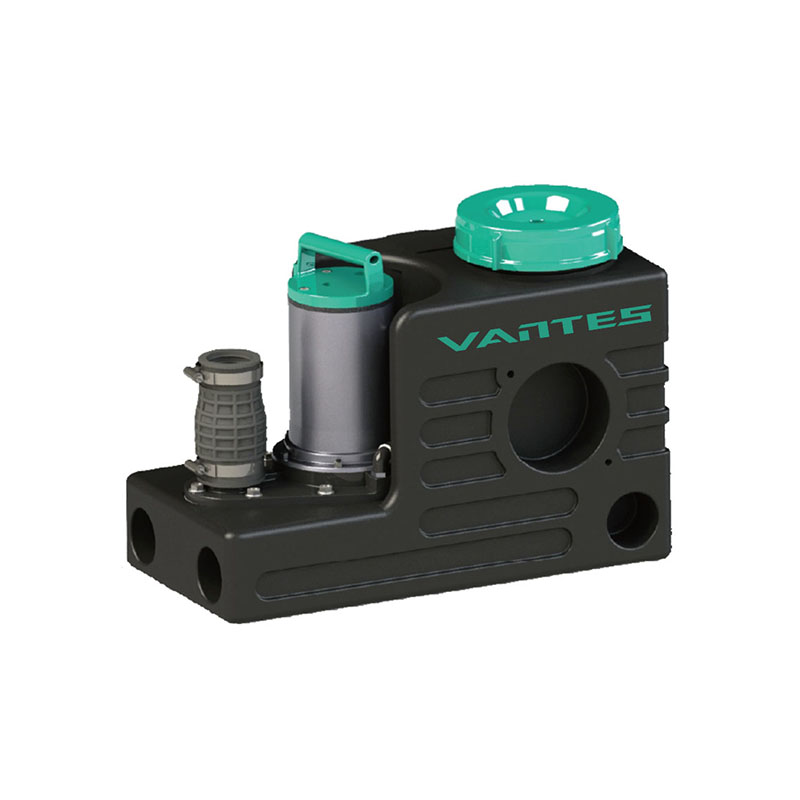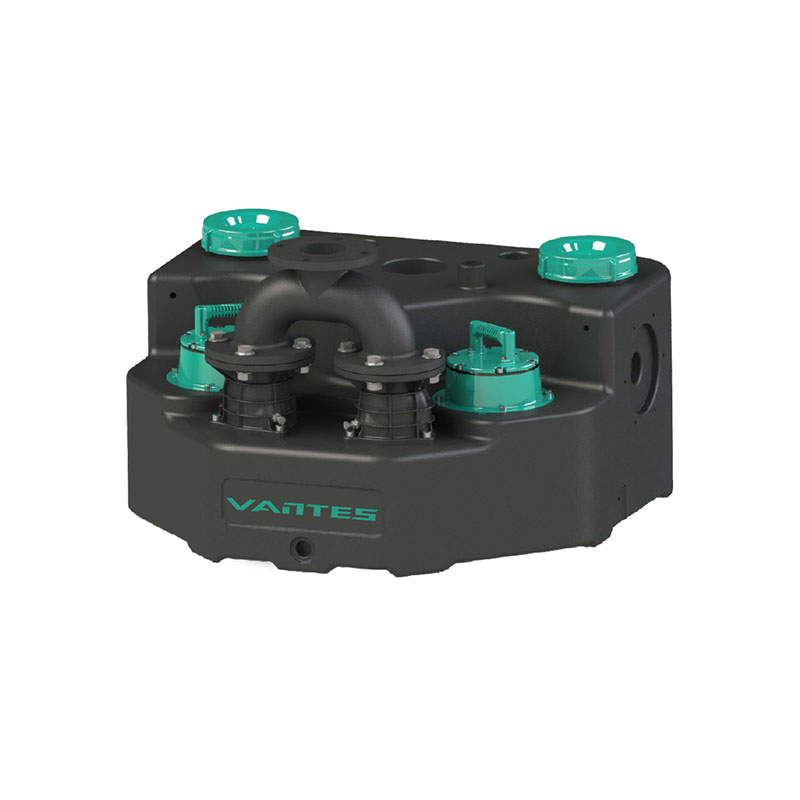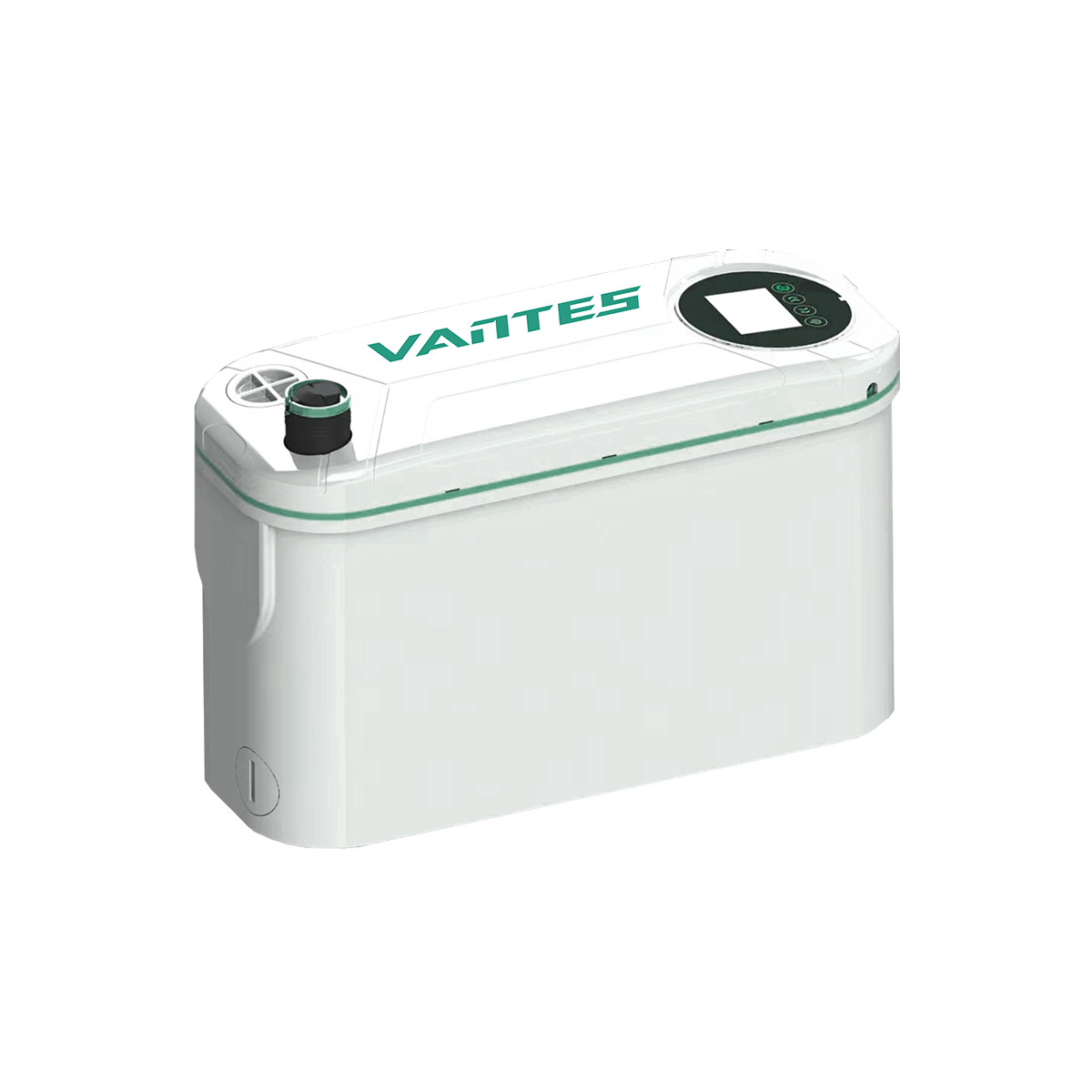Effective energy management in fluid circulation systems relies heavily on how a Pipeline Circulating Pump or a Multi-Stage Centrifugal Pump is operated and maintained. These pumps are widely applied in district heating, cooling systems, industrial liquid transport, and HVAC applications. While their primary function is to maintain steady flow and pressure, their energy consumption can represent a significant portion of operating costs. Understanding the factors that influence energy use allows operators to optimize pump operation while ensuring stable performance and long-term reliability.

Selecting the Right Pump for the System
Oversized pumps tend to operate at partial load, causing higher energy consumption and increased mechanical wear. Multi-Stage Centrifugal Pumps, with multiple impeller stages, offer flexibility in adjusting pressure output according to system needs. This design allows each stage to contribute only as much energy as required, preventing the waste associated with over-pumping.
Utilizing Variable Speed Drives
Integrating variable frequency drives (VFDs) or similar speed control mechanisms is a practical method to reduce energy usage. For Pipeline Circulating Pumps, this reduces the need for throttling valves, which otherwise dissipate excess energy as heat. Multi-Stage Centrifugal Pumps benefit from variable speed operation by controlling the contribution of each impeller stage, maintaining hydraulic efficiency and reducing overall energy consumption. In systems where demand fluctuates throughout the day, speed control ensures that energy use aligns closely with actual requirements.
Maintaining Mechanical Components
Mechanical condition is another key factor in energy efficiency. Bearings, seals, couplings, and shafts must be regularly inspected and maintained. Worn or misaligned components create friction and vibration, reducing overall pump efficiency. Multi-Stage Centrifugal Pumps are particularly sensitive to imbalance across impeller stages, which can amplify energy losses if not corrected. Regular lubrication, vibration monitoring, and alignment checks help ensure smooth operation. Cleaning impellers to prevent scale or debris buildup also maintains hydraulic efficiency, reducing the energy required to achieve desired flow and pressure levels.
Optimizing Operational Control
Advanced control strategies contribute significantly to energy savings. Pressure sensors, flow meters, and automated control systems allow pumps to adjust output dynamically according to system demand. For example, in a heating or cooling network, pumps can ramp up or down as zones require more or less flow. Multi-Stage Centrifugal Pumps can stage impellers selectively, providing precise pressure without continuous full-load operation. Continuous monitoring of system performance helps identify areas for further energy optimization and enables predictive maintenance, reducing downtime and maintaining operational efficiency.
Considering Medium Properties
The characteristics of the fluid being pumped also influence energy use. Liquids with high viscosity, suspended solids, or temperatures outside the pump’s recommended range increase resistance and reduce hydraulic efficiency. Air entrainment or cavitation can further increase energy consumption while accelerating wear. Installing strainers or filters, maintaining medium properties within design specifications, and avoiding suction line leaks contribute to more stable operation and lower energy demands.
Routine Monitoring and Maintenance
Consistent monitoring and scheduled maintenance support energy-efficient operation. Tracking parameters such as flow rate, pressure, vibration, and energy consumption allows early detection of issues that may affect efficiency. Routine checks of bearings, seals, impellers, and control systems prevent energy losses caused by mechanical degradation. Multi-Stage Centrifugal Pumps benefit from stage-specific inspections to ensure balanced operation across all impellers, maintaining uniform pressure and flow. Preventive maintenance not only supports energy savings but also extends the service life of the pump and system components.

















